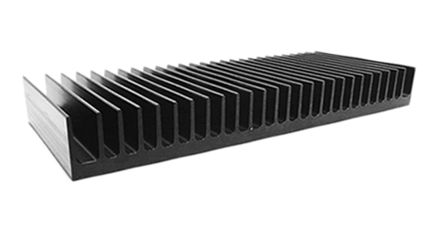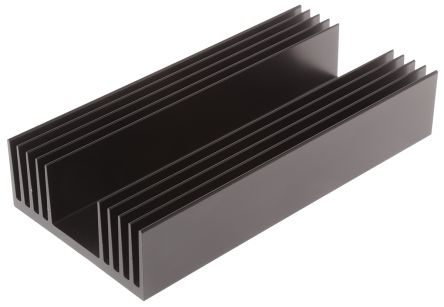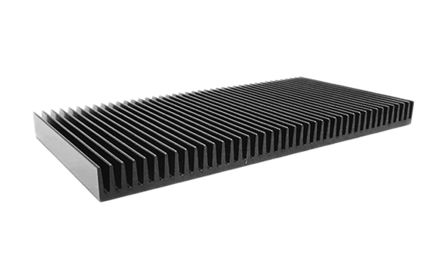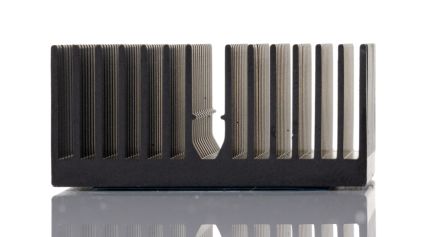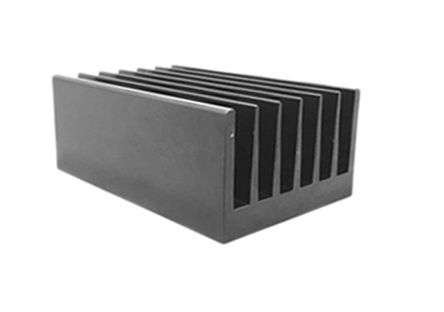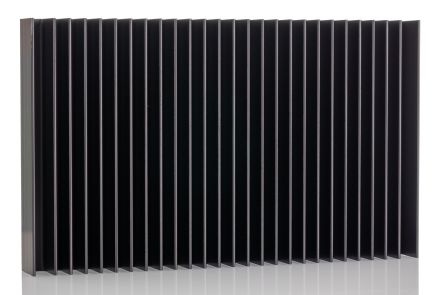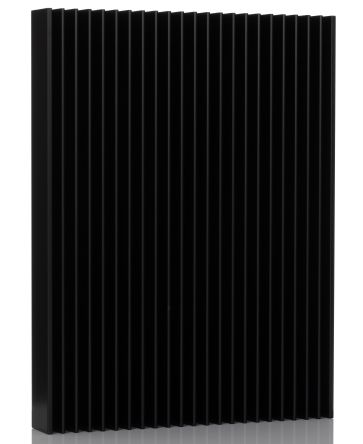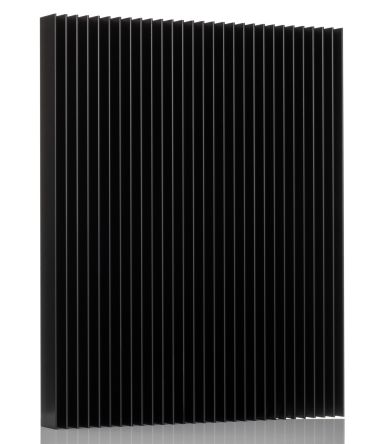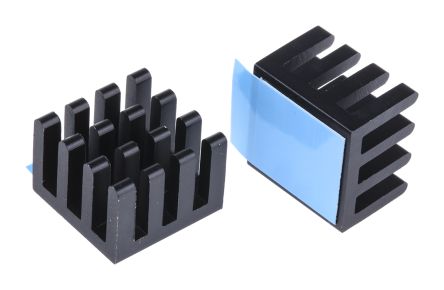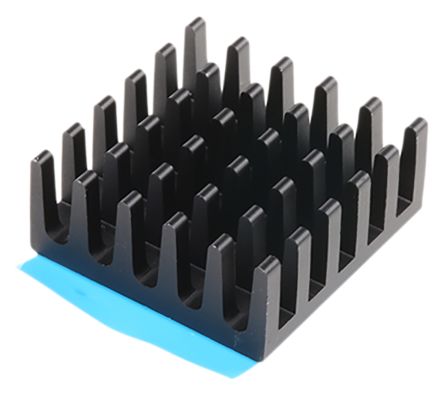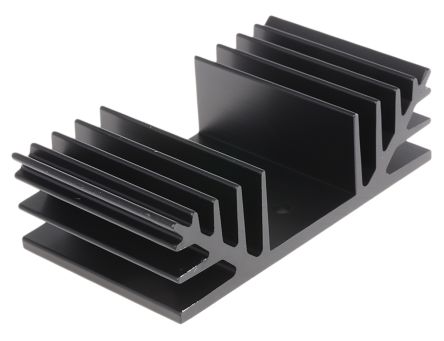- Automation & Control Gear
- Cables & Wires
- Enclosures & Server Racks
- Fuses & Circuit Breakers
- HVAC, Fans & Thermal Management
- Lighting
- Relays & Signal Conditioning
- Switches
- Batteries & Chargers
- Connectors
- Displays & Optoelectronics
- ESD Control, Cleanroom & PCB Prototyping
- Passive Components
- Power Supplies & Transformers
- Raspberry Pi, Arduino, ROCK, STEM Education & Development Tools
- Semiconductors
Heatsinks
What are Heat Sink Fans for Computers, PCs and PCUs?
Heat sinks prevent devices from overheating and are particularly important in protecting electronics such as CPUs. Components subject to too much heat can become irreparably damaged. In the most severe cases overheating components can result in fires, explosions and injury.
Many electrical applications require airflow, therefore The heat sink is designed with an internal thermal conductor that carries heat away into fins that provide a large surface area for the heat to dissipate throughout the rest of the component, subsequently cooling both the heat sink and the electrical appliance.
How do Heat Sinks work?
A heat sink transfers thermal energy from a higher-temperature device to a lower-temperature fluid (usually air), acting as a heat reservoir that can absorb an amount of heat without too much variation in it's core temperature. For this reason they are commonly used as CPU coolers in personal computer systems.
Heat Sinks achieve the dispersal of heat by increasing the device's working surface area and the quantity of low-temperature fluid that moves across its enlarged surface area.
The basic flow of Heat sinks is as follows:
- The source generates heat as the waste product of energy creation is usually heat.
- The heat dissipates from the source.
- The heat is captured and distributed throughout the heat sink.
- Heat is then from the heat sink
What are heat sinks made of?
The materials for heat sinks need to have high heat capacity and thermal conductivity so as to heat energy without becoming too warm itself. The most common heat sink materials are copper or aluminium.
Copper is an excellent thermal conductor, helping to draw heat away from the device that you are trying to cool.
Although aluminium doesn't conduct heat as well as copper, it is less expensive and lighter than copper. The heat will normally rise through a number of metal fins which are used because they provide a greater surface area for the heat to spread across and dissipate.
Applications for Heat Sinks include:
Heat sinks can be used to cool a large number of devices such as:
- Personal Computers
- Forced Air Heating
- Solar thermal Water Systems
- Electronic Systems
- Gas Water Heaters
They possess some key features including
- Extremely long life
- High performance
- Durable
- Convenient
- Safe
Browse the broad range of Heat Sinks RS have to offer and order today for next day delivery.

